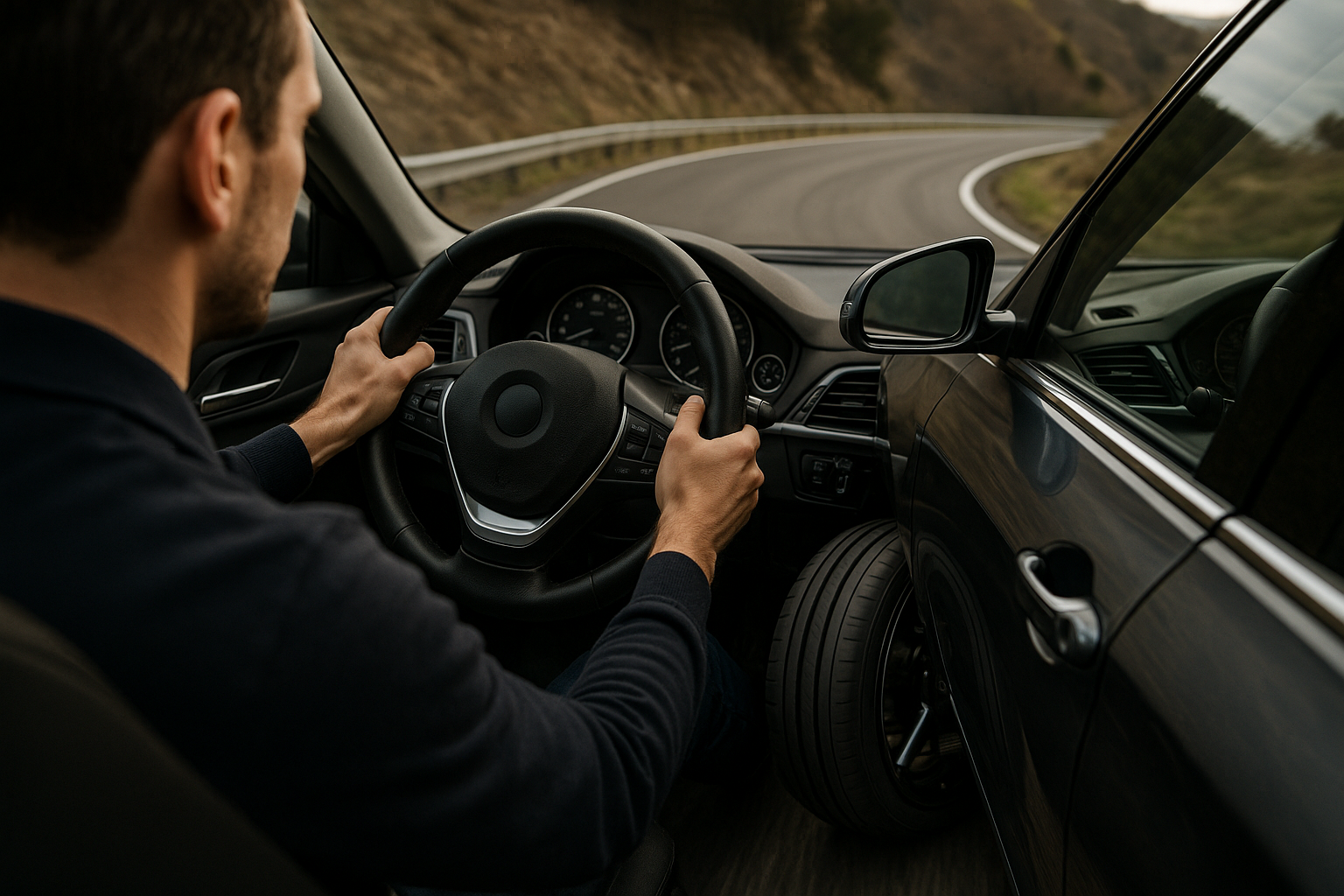Carving Corners: The Science and Art of Vehicle Handling
Introduction: The thrilling sensation of a vehicle responding perfectly to your steering input, taking a corner with precision and grace, is one of the pure joys of driving. Let's dive into the art and science of vehicle handling to understand this captivating aspect of driving.

The Genesis of Vehicle Handling
Vehicle handling is a multifaceted concept with a rich history. It involves the ability of a vehicle to respond accurately to driver inputs, maintain stability in various driving conditions, and provide feedback to the driver. The roots of vehicle handling trace back to the early days of the automobile. As cars became faster and more powerful, the importance of handling became increasingly apparent. Technological innovations, such as power steering and advanced tire compounds, have played a significant role in enhancing vehicle handling over the decades.
The Mechanics Behind the Magic
At the heart of vehicle handling are principles of physics and engineering. As a car takes a corner, the forces of gravity, friction, and inertia come into play. The car’s suspension system, tires, weight distribution, and chassis design all contribute to how well it handles these forces. For instance, a lower center of gravity improves stability, while a well-tuned suspension aids in maintaining tire contact with the road, enhancing grip and control.
The Current Landscape of Vehicle Handling
Today, the automotive industry continues to push the envelope in the realm of vehicle handling. Advanced technologies like Electronic Stability Control (ESC) and Traction Control System (TCS) help maintain control in challenging driving situations by applying brakes to individual wheels or reducing engine power. Another trend is the use of adaptive suspension systems that adjust in real-time to road conditions and driving style, delivering a balance between comfort and performance.
The Impact of Superior Handling
Superior handling not only elevates the driving experience but also enhances safety. A vehicle with good handling is more predictable and controllable, which is crucial in emergency situations. On the performance side, better handling translates to faster cornering speeds and shorter lap times in motor racing. However, the challenge lies in optimizing handling without compromising comfort and fuel efficiency.
The Road Ahead
With the continuous advancements in automotive technology, the future of vehicle handling looks promising. Concepts like active aerodynamics, which adjust the vehicle’s aerodynamic properties in real-time, are expected to revolutionize vehicle handling. The ongoing research in tire technology aims to deliver tires with better grip and longevity.
In conclusion, vehicle handling is a complex and fascinating aspect of automotive engineering. It has come a long way since the early days of motoring, and with ongoing technological innovations, the journey is far from over. So the next time you take a corner with a smile on your face, remember - there’s a world of science and art behind that joy.




